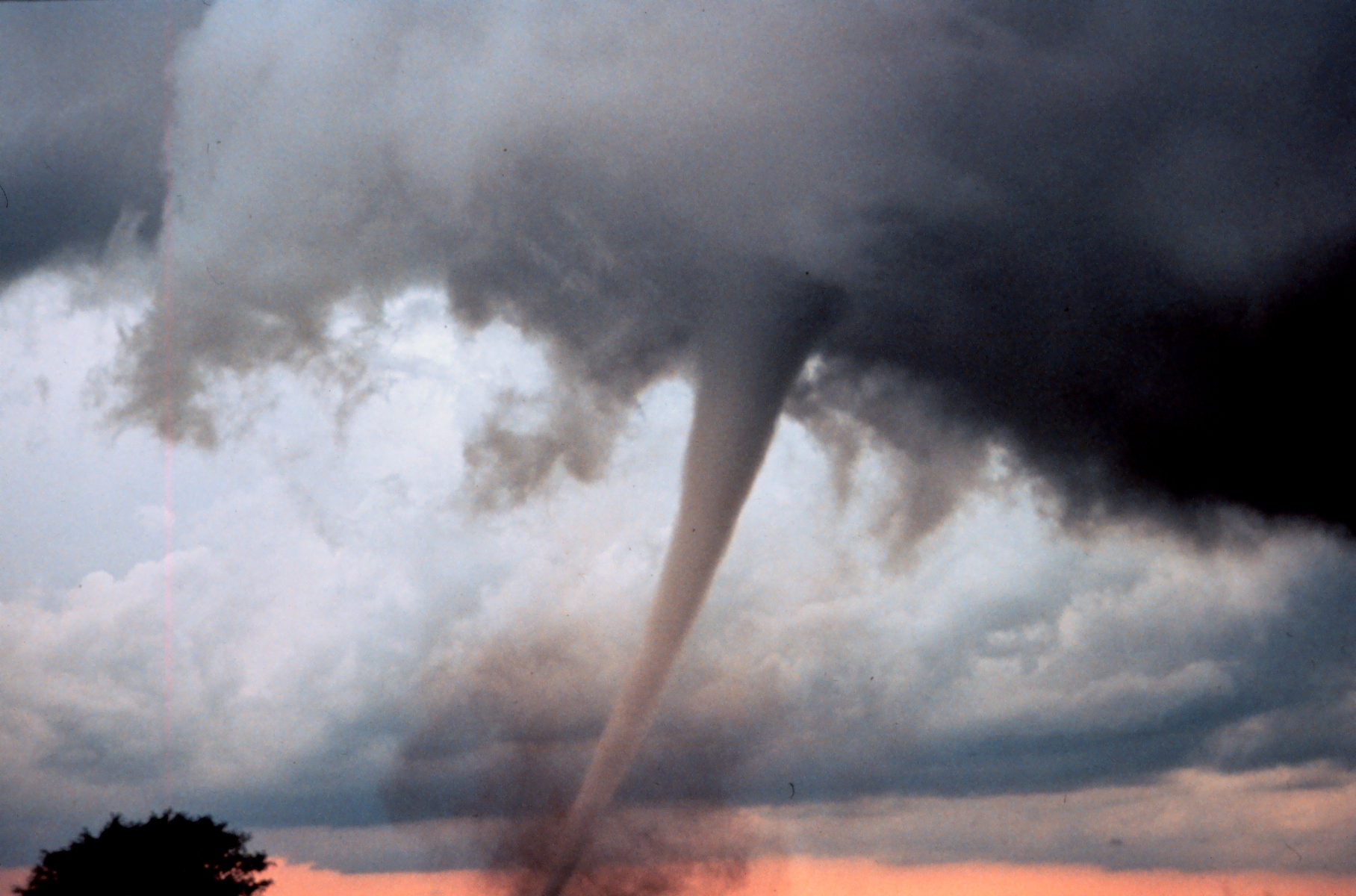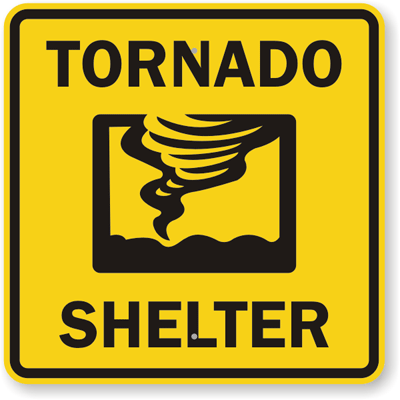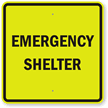Deadly Oklahoma tornado highlights need for safe rooms
The two-mile wide tornado that formed over Moore, Oklahoma, on May 20, 2013 registered at the top of the scale at EF-5. In an EF-5 tornado, cars will be flung into the air, strong houses leveled to their foundation, the structure of high rises deformed and, according to one definition “incredible phenomena will occur.” The devastation can be unspeakable.

A tornado touches down in Oklahoma in 1999 (image via OER/ERL/National Severe Storms Laboratory).
There is some controversy as to whether the right way to react to a tornado brewing in the horizon is to shelter in place, or drive as fast as you can away from a tornado’s path. The children who suffocated under the debris of their elementary school at Moore were sheltering in place. A mother and child, sucked out of their car and thrown through the air were trying to escape.
According to FEMA, safe rooms are the best way to endure a tornado. Made of the right materials, bolted into the foundations and reinforced with steel, a safe room that meets FEMA standards provides “near-absolute protection.” FEMA provides construction details on how to build a safe room that can withstand a top-of-the-scale tornado.

A FEMA employee inspects a storm shelter in Arkansas (image via Wikimedia Commons).
There are several kinds of safe rooms. Some are sold as separate steel structures that look like large meat refrigerators, or claustrophobically, half the size of a standard refrigerator, depending on how many people you intend to squeeze into the space.
Other safe rooms are disguised seamlessly as part of an existing structure. Companies can retrofit metal and concrete into closet and bathroom walls so they provide double duty. When the weather’s nice, they’re storage facilities like any other, dormant until they’re needed.
Large scale safe rooms are also possible. In Southern Minnesota, they’ve turned an entire school gym into a safe room. Should disaster strike, all the children will fit inside. If it is outside of school hours, the community can spend the ten or fifteen minutes of warning they have to drive to the school and take shelter.

A prominent tornado shelter sign will let others know where to go when a twister approaches. View this sign here.
Moore, in tornado alley, has seen four severe tornados tear through the town in fourteen years. Yet only one in every ten houses (and neither of the elementary schools) were equipped with safe rooms.
The hitch is a combination of short memories and price. The gym safe room in Minnesota was built with the help of a $1.6 million dollar grant from FEMA, which only covered three-quarters of the cost. The school had to raise an extra half a million dollars to get the shelter built.
Shelters that can protect an entire family or small business can cost a few thousand dollars. Legislation is in the works to make storm shelters a requirement for all new construction, although it is frequently met with opposition that cites the high price.
During the Oklahoma disaster, neighbors ran to each other’s shelters squeezing in with sometimes only seconds to spare. While sitting in someone else’s safe room, it’s certain that many people recalibrated the price they were willing to pay for peace of mind. It may still be beyond many people’s budget, so if you have a safe room, be sure to open the door if a neighbor comes banging. For everything terrible that comes out of a disaster, it’s also a time for communities to knit closer together.













